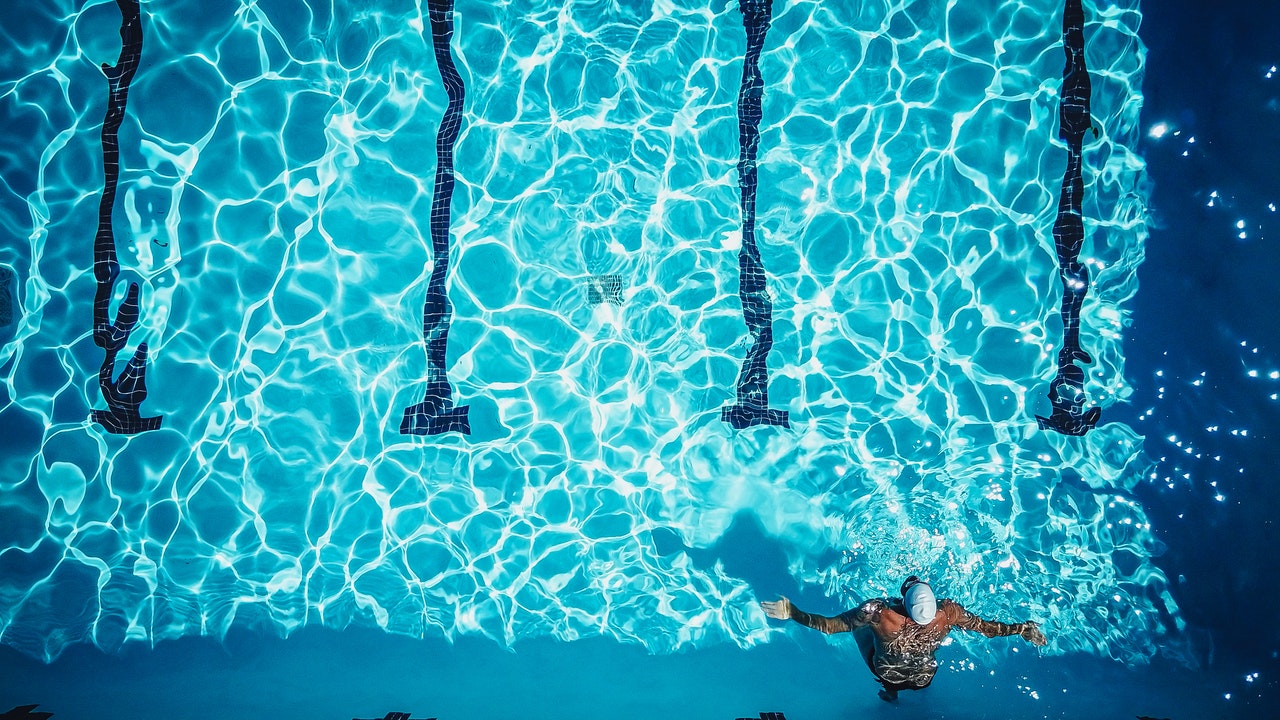
Owning a swimming pool can be a source of endless fun and relaxation, but it also comes with a responsibility: proper maintenance. Unfortunately, many pool owners unknowingly make mistakes that lead to expensive repairs, unsafe water, or even damage to the pool system. Whether you’re a new pool owner or a seasoned pro, recognizing common maintenance pitfalls can save you time, money, and frustration.
Here are 10 of the most common pool maintenance mistakes and how to avoid them:
1. Not Testing the Water Frequently Enough
The Mistake:
Many pool owners test water quality only once a week or even less, assuming it’s fine because it looks clear.
The Fix:
Test your pool water at least 2–3 times per week, especially during peak swimming season. Use a reliable test kit to check pH, chlorine levels, alkalinity, and calcium hardness. Maintaining a proper chemical balance prevents algae growth and protects pool equipment.
2. Ignoring pH and Alkalinity Levels
The Mistake:
Failing to monitor or correct pH and alkalinity can make chlorine ineffective and damage pool surfaces.
The Fix:
Keep the pH level between 7.2 and 7.6, and total alkalinity between 80–120 ppm. Use pH increasers or decreasers and alkalinity adjusters as needed. Balanced water reduces skin irritation and corrosion risks.
3. Not Running the Pump Long Enough
The Mistake:
Some owners run the pump for only a few hours a day to save on electricity, but this can lead to stagnant water and poor filtration.
The Fix:
Run your pump 8–12 hours daily during the summer, or long enough to turn over the entire pool volume at least once per day. Use a timer to automate pump cycles and optimize energy efficiency.
4. Overusing or Misusing Pool Chemicals
The Mistake:
Dumping in too much chlorine or shock can cause cloudy water, irritation, and damage to pool liners.
The Fix:
Follow product instructions carefully and measure precisely. For shock treatments, add chemicals in the evening and allow the system to run overnight. Never mix chemicals together.
5. Neglecting Filter Maintenance
The Mistake:
A dirty or clogged filter can’t properly clean the water, leading to cloudy water or algae blooms.
The Fix:
Clean your cartridge or backwash your sand/DE filter regularly, depending on the type. Check manufacturer guidelines and monitor the pressure gauge—when it rises 8–10 psi above normal, it’s time for cleaning.
6. Skipping Skimming and Brushing
The Mistake:
Many pool owners rely solely on automatic cleaners and forget the importance of manual cleaning.
The Fix:
Skim debris off the surface daily, and brush walls, steps, and tile lines weekly. This helps prevent algae buildup and improves water circulation.
7. Not Checking Water Level
The Mistake:
Allowing water levels to drop too low can damage the pool pump by causing it to suck in air.
The Fix:
Keep water halfway up the skimmer opening. Check after heavy use, rainfall, or evaporation. Top it off with a garden hose if needed.
8. Ignoring Calcium Hardness and Stabilizer Levels
The Mistake:
Unbalanced calcium hardness can lead to scaling or corrosion. Without stabilizer, chlorine burns off quickly under sunlight.
The Fix:
Maintain calcium hardness between 200–400 ppm and cyanuric acid (stabilizer) around 30–50 ppm. Adjust these levels to protect the pool surface and improve chlorine effectiveness.
9. Closing the Pool Too Late (or Too Early)
The Mistake:
Waiting too long to winterize your pool can lead to algae growth or freeze damage. Closing too early can trap debris and waste chemicals.
The Fix:
Close your pool when the water temperature consistently falls below 60°F (16°C). Clean, balance, and shock the water before closing, and use a quality pool cover.
10. Not Having a Regular Maintenance Schedule
The Mistake:
Taking a reactive instead of proactive approach to pool care often results in emergencies and higher costs.
The Fix:
Create a weekly maintenance checklist that includes testing, cleaning, chemical adjustments, and equipment inspections. Consider setting reminders or using a pool care app to stay on top of tasks.
Final Thoughts
Proper pool maintenance doesn’t have to be overwhelming. By avoiding these common mistakes and establishing a consistent routine, you’ll ensure your pool stays clean, safe, and enjoyable all season long. It also extends the life of your equipment and reduces long-term costs.
If you’re unsure about chemical levels or equipment issues, don’t hesitate to consult a pool professional. A little preventative care goes a long way—and helps you spend more time swimming and less time troubleshooting.


